| [1] 张政,张毓洪,马玲玲,等.强直性脊柱炎遗传易感性基因的研究进展[J].中国老年保健医学杂志,2015,13(2):110-113. [2] 蒋娟,熊小敏,张卫云,等.人白细胞抗原HLA-B27在强直性脊柱炎中的临床意义[J].生物技术通讯,2014,25(3): 410-411. [3] 陈彬,徐卫东.强直性脊柱炎的易感基因研究[J].中华关节外科杂志(电子版),2012,2(7):777-781. [4] 张志坚,奚永志,孙玉英.全基因组单核苷酸多态性与强直性脊柱炎遗传易感性的研究进展[J].中华医学杂志, 2011, 91(18):1289-1291. [5] 刘永杰,张小芳,张运刚,等.HLA-B27检测对强直性脊柱炎诊断的临床意义[J].国际检验医学杂志,2014,35(10): 1285-1286. [6] 张志坚,奚永志,孙玉英.全基因组单核苷酸多态性与强直性脊柱炎遗传易感性的研究进展[J].中华医学杂志, 2011, 91(18):1289-1291. [7] Smith JA, Mrker Hermann E, Colbert RA. Pathogenesis of ankylosing spondylitis: current concepts. Best Pract Res Clin Rheumatol. 2006;20(3):571-591. [8] Khan MA, Mathieu A, Sorrentino R, et al.The pathoge netic role of HLAB-27 and its subtypes. Autoimmun Rev. 2007;6(3):183-189. [9] Robinson WP, van der Linden SM, Khan MA, et al. HLA-Bw60 increases susceptibility to ankylosing spo-ndylitis in HLA-B27+ patients. Arthtis Rheum. 1989;32(9):1135-1141. [10] Wei JC, Tsai WC, Lin HS, et al. HLA-B60 and B61 are strongly associated with ankylosing spondylitis in HLA-B27-negative Taiwan Chinese patients. Rheumatology (Oxford). 2004;43(7):839-842. [11] Vargas-Alarcon G, Londono JD, Hernandez-Pacheco G, et al. Effect of HLA-B and HLA-DR genes on susceptibility to and severity of spondyloarthropa thies in Mexi can patients. Ann Rheum Dis. 2002;61(8): 714-717. [12] 古洁若,黄烽,余得恩.cDNA芯片技术在强直性脊柱炎研究中的初步应用[J].中华医学杂志,2001,81(17): 1030-1034. [13] Braun J, van der Heijde D. Novel approaches in the treatment of an kylosing spondylitis and other spondyloarthritides. Exp Opin Invest Drugs. 2003; 12(7):1097-1109. [14] Brown MA, Kennedy LG, Darke C, et al. The effect of HLA-DR genes on susceptibility to and severity of ankylosing spondylitis. Arthritis Rheum. 1998;41(3): 460-465. [15] Said-Nahal R, Miceli-Richard C, Gautreau C, et al. The role of HLA genes in familial spondyloarthropathy: a comprehensive study of 70 multiplex families. Ann Rheum Dis. 2002;61(3):201-206. [16] Inanc B, Elcin AE, Elcin YM, et al. Osteogenic induction of human periodontal ligament fibroblasts under two-and three-dimensional cult-ure conditions. Tissue Eng. 2006;12(2):257-266. [17] Maksymowych WP, Suarez-Almazor M, Chou CT, et al. Poly-morphism in the LMP2 gene influences susceptibility to extraspinal disease in HLA-B27 positive individuals with ankylosing spondylitis. Ann Rheum DR. 1995;54(4):321-324. [18] Laval SH, Timms A, Edwards S, et al. Whole Genome screening in ankylosing spondy litis: evidence of Non-MHC genetic-susceptibility loci. Am J Hum Genet. 2001;68(4):918-926. [19] Maksymowych WP, Reeve JP, Reveille JD, et al. High-throughput single-nucleotide polymorphism analysis of the IL1RN locus in patients with ankylosing spondylitis by matrix-assisted laser desorption ionization-time-of-flight mass spectrometry. Arthritis Rheum. 2003;48(7):2011-2018. [20] Timms AE, Crane AM, Sims AM, et al. The Interleukin 1 gene cluster contains a major susceptibility locus for ankylosing spondylitis. Am J Hum Genet. 2004;75(4): 587-595. [21] Hsu KC, Chida S, Geraghty DE, et al. The killer cellimmunoglobul in-like receptor (KIR) genomic region:geneorder,haplotypes and allelic polymorphism. Immunol Rev. 2002;190:40-52. [22] Vivier E, Anfossi N. Inhibitory NK-cell receptors on T cells: witiless of the past, actors of the future. Nat Rev Immunol. 2004;4(3):190-198. [23] Jaakkola E, Crane AM, Laiho K, et al. The effect of transforming growth factor(beta)1 gene polymorphisms in ankylosing spondylitis. Rheumatology (Oxford). 2004;43:32-38. [24] Tsui HW, Inman RD, Paterson AD, et al. ANKH variants associated with ankylosing spondylitis: gender differences. Arthritis Res Ther. 2005;7:R513-R525. [25] Lee SH, Lee YA, Woo DH, et al. Association of the programmed cell death 1 (PDCD1) gene polymorphism with ankylosing spondylitis in the Korea population. Arthritis Res Ther. 2006;8:R163. [26] 莫红梅,田永芳,阿孜古力.对2个民族强直性脊柱炎白细胞抗原-B27阳性表达与性别年龄分布特点的研究[J].检验医学与临床,2010,7(6):491-495. [27] 邹红云,余伍忠,何江,等.某地区维吾尔族强直性脊柱炎患者HLA-B27亚型频率分布[J].国际检验医学杂志, 2011, 32(3):310-312. [28] 张志坚,奚永志,孙玉英.全基因组单核苷酸多态性与强直性脊柱炎遗传易感性的研究进展[J].中华医学杂志, 2011, 91(18):1289-1291. [29] Végvári A, Szabó Z. The genetic background of ankylosing spondylitis. Joint Bone Spine. 2009;76: 623-628. [30] 王碧琦,周斌,高文静,等.双生子在表观遗传学研究中的价值[J].中华流行病学杂志,2015,36(4):402-404. |
.jpg)
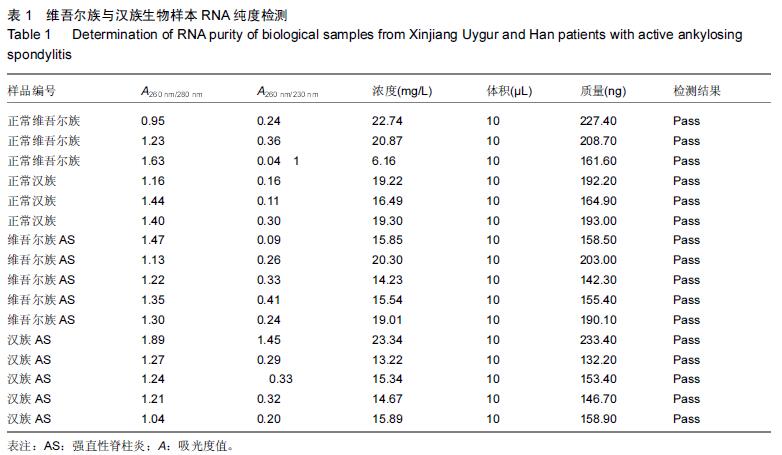
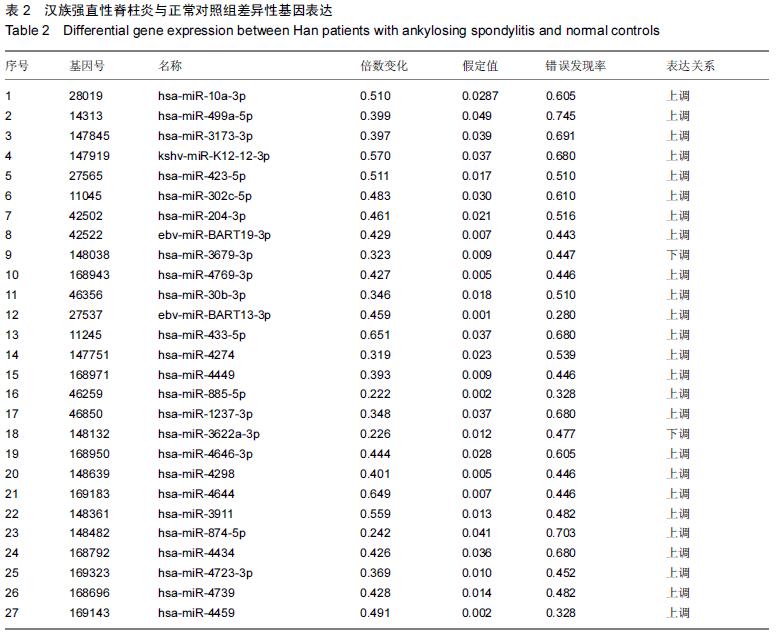
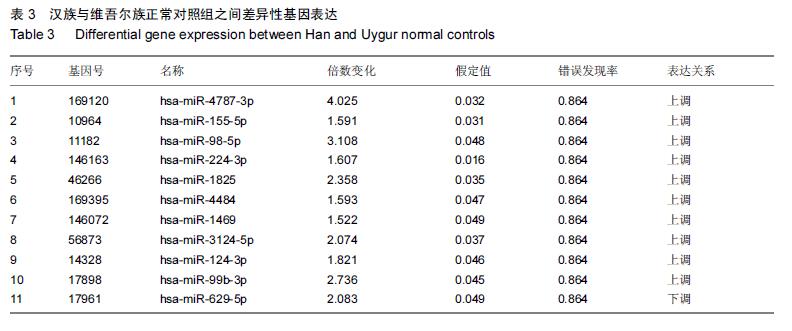
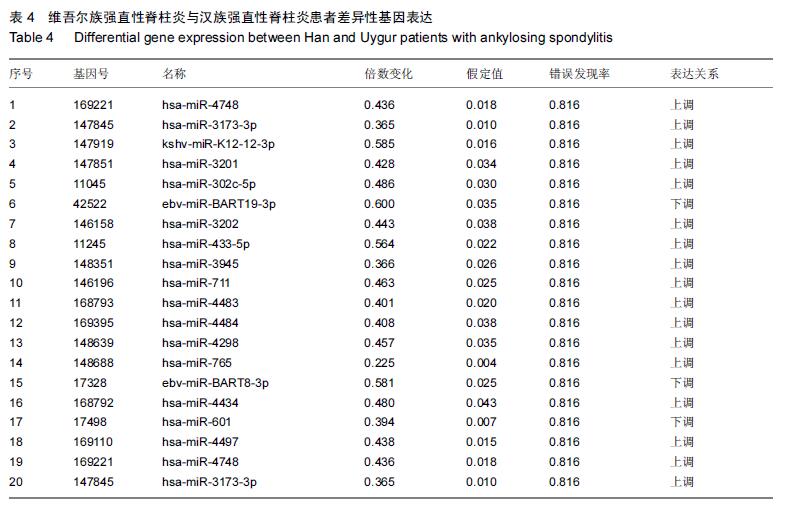
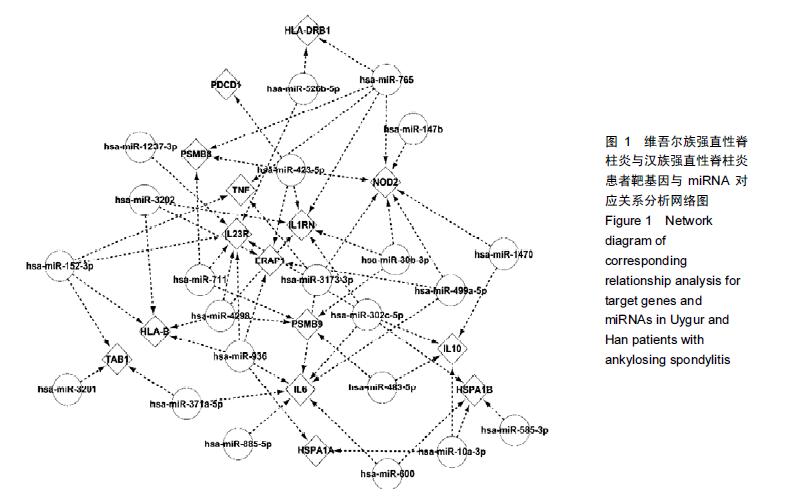
.jpg)